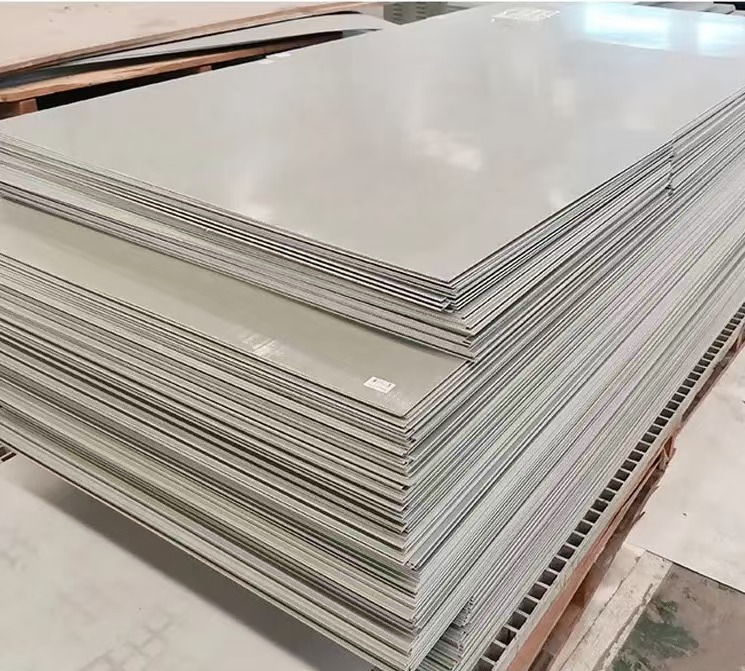
The following is a detailed comparison between FRP sheet and traditional material sheet (such as wood, metal, polypropylene, etc.) in many aspects:
1. Strength and weight
Glass fiber reinforced plastic sheet:
Strength: FRP has very high tensile and flexural strength, usually stronger than wood and many metals of the same thickness.
Weight: Due to its excellent strength-to-weight ratio, FRP sheet are relatively light and easy to handle and install.
Traditional material sheet:
Metals (such as aluminum, steel) : have high strength, but are heavier, increasing the complexity of transportation and installation.
Wood: Relatively light, but not as strong and load-bearing as FRP.
2. Corrosion resistance
Glass fiber reinforced plastic sheet:
It has excellent chemical stability and is not easy to be eroded by acid, alkali and salt water, and is very suitable for use in chemical plants and Marine environments.
Traditional material sheet:
Metals: such as steel is easy to rust in a humid environment, although aluminum has strong corrosion resistance, it may still be damaged by long-term contact with some chemicals.
Wood: susceptible to moisture and fungal attack, requiring regular preservative treatment.
3. Insulation
Glass fiber reinforced plastic sheet:
It has good electrical insulation and is widely used in electrical equipment and high pressure environment.
Traditional material sheet:
Metal: conductive, not suitable for electrical insulation.
Wood: Although relatively insulated, the insulation performance will decrease in wet conditions.
4. Thermal expansion
Glass fiber reinforced plastic sheet:
The thermal expansion coefficient is low, the temperature change has little effect on its size, and it is suitable for use in the environment with large temperature difference.
Traditional material sheet:
Metal: High coefficient of thermal expansion, easy to cause deformation when the temperature changes.
Wood: affected by humidity and temperature, easy to crack or deformation.
5. Cost
Glass fiber reinforced plastic sheet:
The initial investment is high, but it has economic advantages in the long term due to durability and low maintenance costs.
Traditional material sheet:
Wood: The initial cost is relatively low, but the service life is short, and long-term use can lead to higher replacement and maintenance costs.
Metal: Costs are between wood and fiberglass, and maintenance needs vary by material type.
6. Environmental impact
Glass fiber reinforced plastic sheet:
The production process can have an impact on the environment and recycling is difficult, but some types of FRP can be recycled.
Traditional material sheet:
Wood: a renewable resource, but excessive logging can have a negative ecological impact and it is necessary to choose wood from sustainable sources.
Metals: Recyclable, but use a lot of energy during mining and processing.
7. Application field
Glass fiber reinforced plastic sheet:
Widely used in chemical industry, aerospace, construction (such as roof, wall), electrical (such as insulation board), shipbuilding and other fields.
Traditional material sheet:
Wood: Often used in construction, furniture, vehicles and other fields.
Metal: Used in machinery, structural support, transportation, etc.
conclusion
The choice between FRP or conventional materials should be based on the specific use needs, budget, environmental conditions, and desired physical and chemical properties. When high strength, corrosion resistance and insulation are required, FRP sheet are an excellent choice; In the case of limited budget or specific application scenarios, traditional material tablets still have certain advantages.




